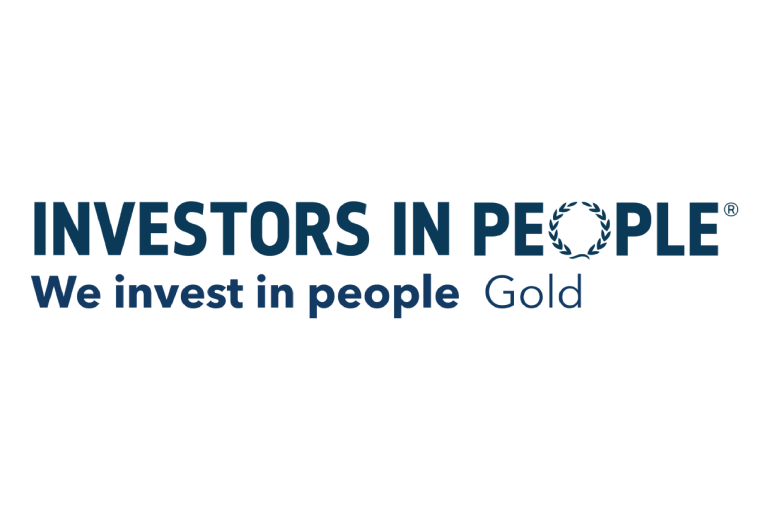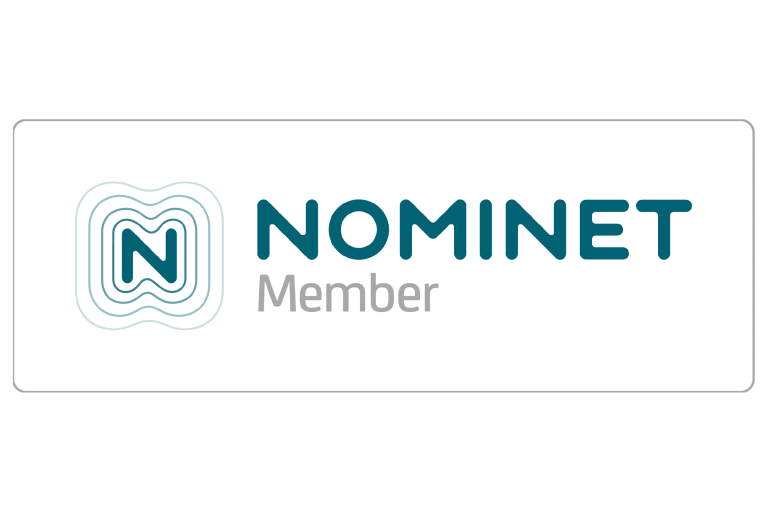So, you have found the perfect topic to write a blog about and you have provided some amazing, useful content. That’s great, but you need to take it to the next level. Blogs not only allow you to create great content for potential customers, but they’re also a central component of your content marketing and SEO strategy, so you need to ensure each blog you create is performing at its best. Here is how to optimise your blog for SEO.
1. Decide who your ideal reader is
Before you start writing, identify who your ideal reader or buyer persona is. Knowing this from the beginning will help you establish what tone of voice you should be using and how formal it should sound. From there, you can adapt your language accordingly. Knowing who you are targeting gives you a stronger idea of what they want to get from the blog and this will help you form your blogs with more purpose. It is important to build buyer personas as they are a key component when creating any marketing strategy. They allow you to visualise your current clients and your ideal customers before you start your investing heavily in marketing.
2. Do keyword research
Decide which keywords you want to focus on for the blog article. A great keyword strategy is not just about incorporating as many keywords into your article as possible. Doing this will harm your SEO efforts as search engines deem this as ‘keyword stuffing’. Your keywords need to be used in a natural way that doesn’t feel forced and is easy to read. Try and focus on one or two long-tail keywords in each blog post. Longer keywords tend to be question-based so think about the types of questions your readers want answers for.
3. Think carefully about the title
The title is the first thing people see. Even if you have written the most useful blog, if the title doesn’t grab the reader’s attention or state clearly what the reader should expect from the blog, then the chances are that the content will be overlooked. As you know the buyer persona you are aiming for, you need to tailor the title so that it speaks to them and will directly address a pain point they are struggling with or speak to a goal they are trying to achieve. Numbers are often good to include as are questions.
4. Include internal links
An easy way to start optimising your blogs is to ensure you are including internal links. An internal link is where you link to another page of your website as opposed to linking to another website. Internal links help Google understand which pages are important on your website. The anchor text you use in these links also matters to Google. They give clues about what the linked page is about. Use clear and relevant words when you link and avoid using the same words over and over. Don’t include links just for the sake of it. Doing so can in fact harm your SEO efforts so ensure your links are all relevant to what the blog is talking about. Keep it natural and helpful for your readers for the best results.
5. Write naturally
Whilst having keywords included in your blog is vital and this helps search engines understand what your content is about, you need to ensure you are writing primarily for people and not bots. Google and other search engines rate content more highly if it is written in a natural way that humans want to read. Blog content should be informative, and something people will find useful, so have that as your focus.
6. Don’t create internal competition
Your blog content should act as supporting content to your main website pages so don’t compete with these pages when it comes to keywords. Think carefully about what you call your blog as well as what keywords you feature in the URL. You don’t want your blog post to rank higher than the main pages for that topic as traffic is best driven to the main page wherever possible.
7. Use a plugin to help with your SEO
The most common SEO plugin you can use is Yoast SEO. This plugin helps provide you guidance when it comes to optimising your blog content. It will advise you on what you should be calling your blog, and what should be in the meta description. It can then advise you on how to make the blog as reader-friendly as possible whilst still being optimised.
8. Add visual elements and include alt texts
Whether it’s videos or images, search engines and people like visuals in blog posts. Try and use original photos where possible. If none are available, choose a high-quality stock image. Ensure all visuals have their own alt text which describes the visual. Alt text is a big factor for search engines when determining whether the image or video will be included on the SERP (search engine results pages) so this is something you should not miss.
9. Try and make the content evergreen
Depending on the topic you are writing about, this could be difficult. However, try and write content that will last. Adding specific dates will automatically age your content and make it less relevant. Blogs that continue to provide useful information over time will provide the most value from an SEO point of view.
10. Share your blog posts
Once you have created the blog post, uploaded it, and ensured it is optimised for SEO, the work is not done. You still need to get traffic to this page so make sure you are sharing your content on social media, in paid advertising, and across your other marketing channels.
11. Update existing content
As we mentioned earlier, evergreen content is extremely valuable but it is not always possible to include it because things often change. Schedule an annual review of your content where you can update your blogs and ensure that everything still makes sense and is relevant. Search engines prioritise websites that are updated regularly and ensuring your blog is updated is a great way of doing this.
Blogs are valuable for your website on many levels, especially for your SEO. If you want to make sure you are getting the most value out of the content you are creating for your website, then we hope these tops tips on how to optimise your blog for SEO will be a great starting point.
At DBS Digital, we provide SEO Services and Content Marketing Services to improve your search ranking and attract high-quality organic traffic. Our dedicated team is here to help. To learn more about our services, feel free to contact us today.









